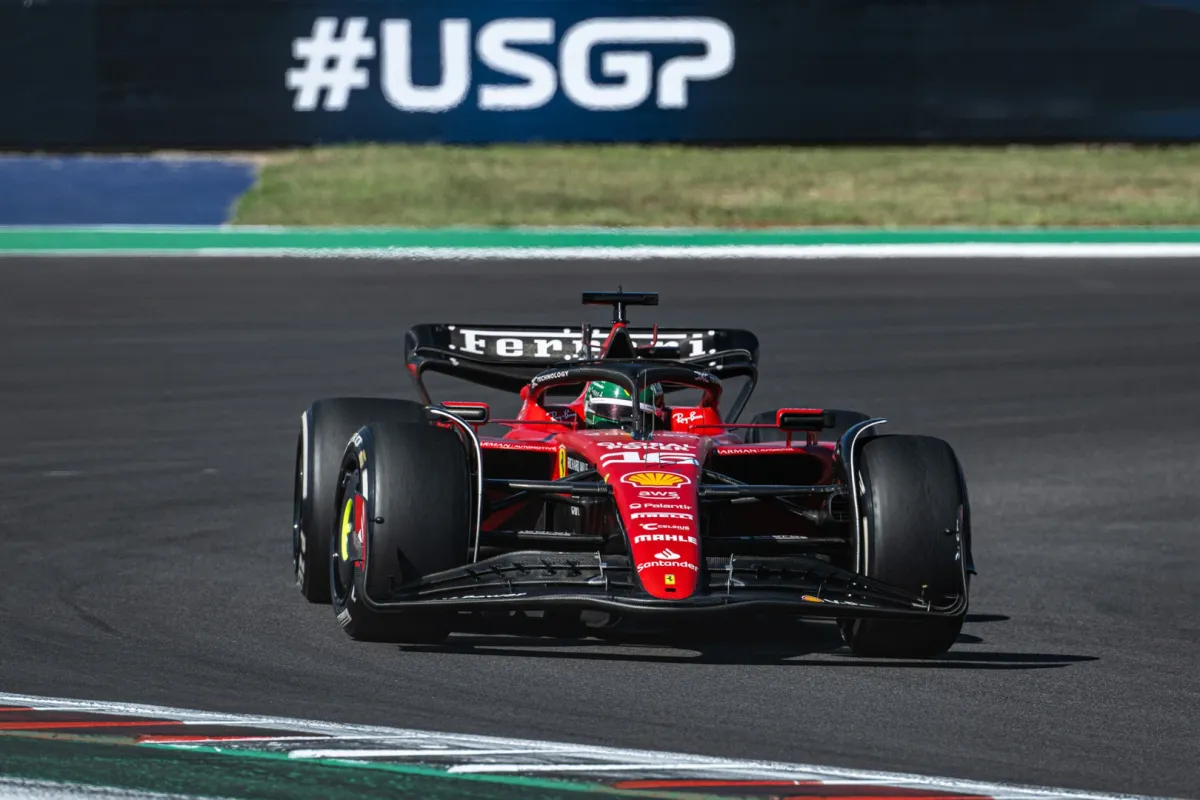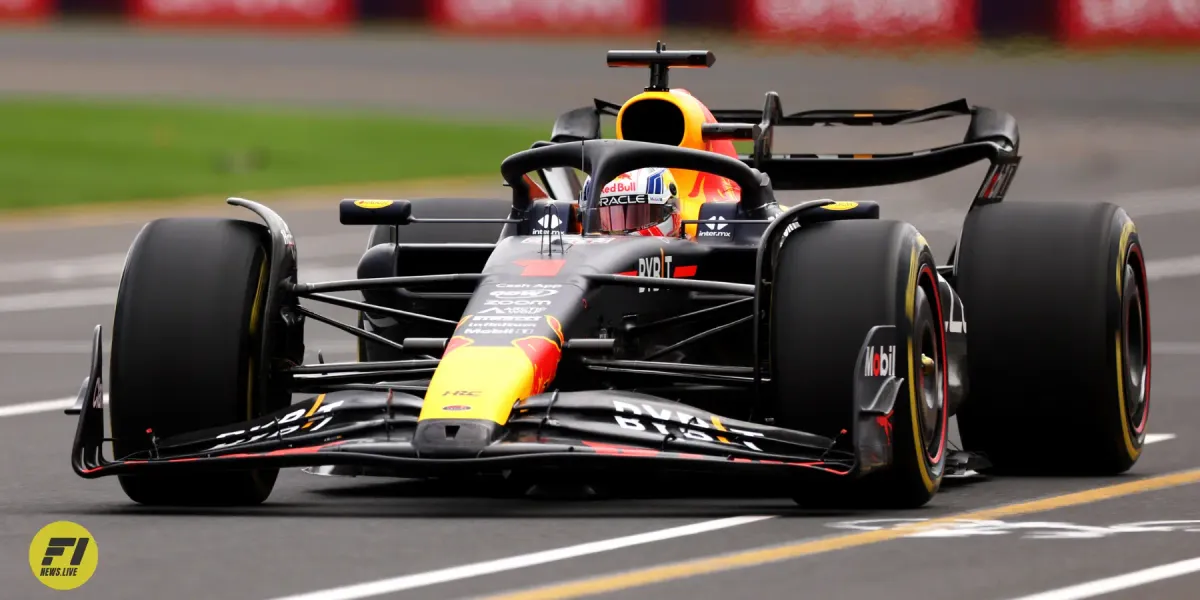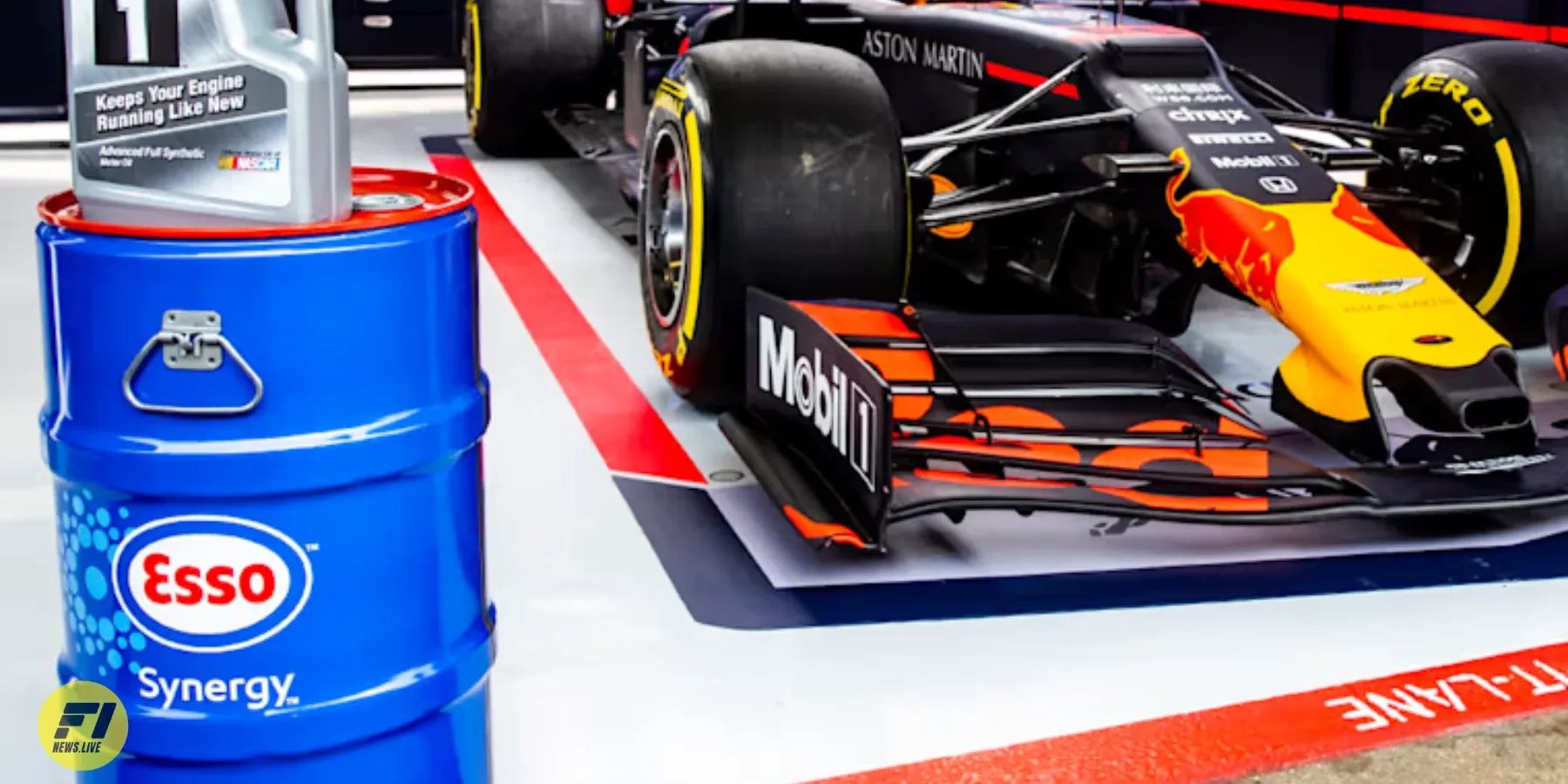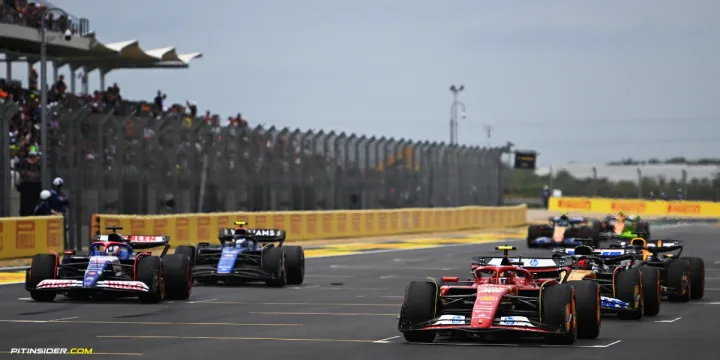FIA sets out vision for lighter, sustainable F1 cars in 2026
The FIA has unveiled extensive aerodynamic, chassis and power unit regulations for 2026 and beyond, targeting substantially increased agility and sustainability.

The FIA has revealed an expansive set of technical and sporting regulations to reshape Formula 1 from 2026 onwards.
Far-reaching changes aim to deliver increased mechanical grip and agility, promote closer wheel-to-wheel racing, and drive sustainability through new power units utilizing 100% sustainable fuels.
Dimensions and weight reduction
Central to the FIA’s "nimble car" concept is a sweeping effort to reduce formula car bulk.
Wheelbases will shrink by 200mm to 3400mm, widths will slim by 100mm to 1900mm, and extensive weight savings could lower minimums by up to 50kg.
"We basically feel that in recent years the cars have become a bit too bulky and too heavy," said FIA Head of Single Seaters Nikolas Tombazis, who aims to sharpen responsiveness and ease tyre stresses.
Downforce reductions directly assist component weight savings too by lowering suspension loads teams must design for.
The smaller dimensions combine with the reduced aerodynamic force for less inertia.

This allows more immediate direction changes augmenting the agility benefits of mass reduction.
With tyres also seeing reduced width and diameter, mechanical grip grows in prominence to reward driver skill.
Evolutionary aero
Formula 1 will continue exploiting ground effect principles as today's generation evolves.
Tweaked regulations aim to eliminate 2023's minor degradation in close following performance.
Overall downforce and drag targets may lower lap times, but Tombazis suggests "even if it was five seconds slower, we're not going to be sweating too much".
The priority lies in facilitating wheel-to-wheel action through turbulence reduction.
Moveable aero
Moveable parts will alter incidence on straights to trim drag in a step change from fixed aerodynamic elements.
Earlier concerns around discharge were allayed as simulations matured - 400kw ICEs and 350kw batteries now show speed profiles akin to current cars rather than inefficient lift-and-coast phases.

DRS or an overtaking aid with equivalent functionality will definitely remain, with the FIAsingle-seater evaluating solutions that still require drivers to outbreak maneuvers into braking zones.
100% sustainable fuels
The significant technical changes ultimately support the critical push towards improved sustainability, with 100% sustainable fuels key to the new power unit formula.
Extensive work continues shaping these regulations in detail ahead of the outline release next June.

While sweeping, the essence of an open-wheeled single-seater remains at the core of the FIA's 2026 vision.
Evolution lies in the details, but Formula 1's foundations stay rooted. The quest is refining regulations to channel technological prowess into closer, more sustainable racing, rather than chasing progress for progress's sake.





Comments ()